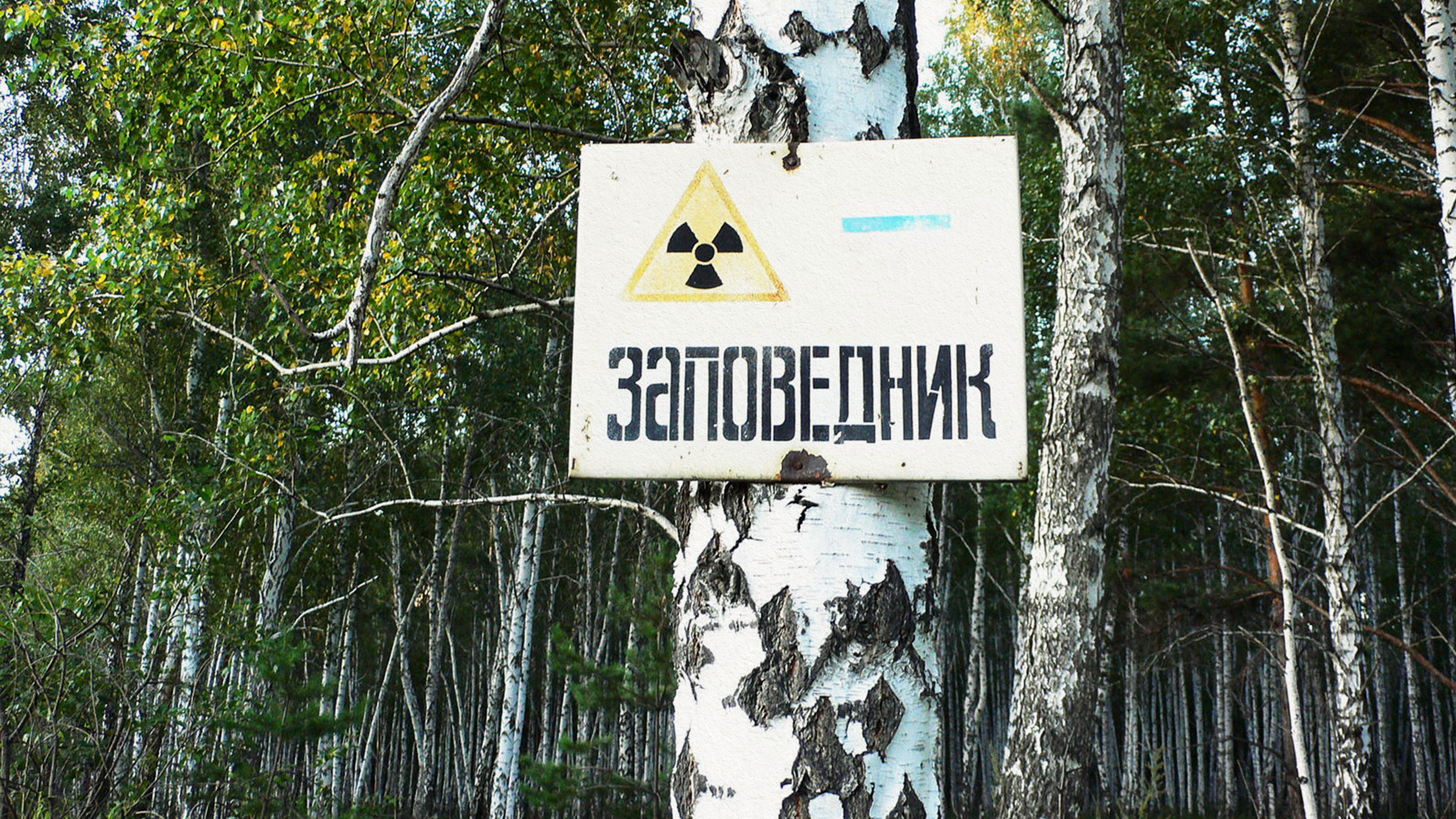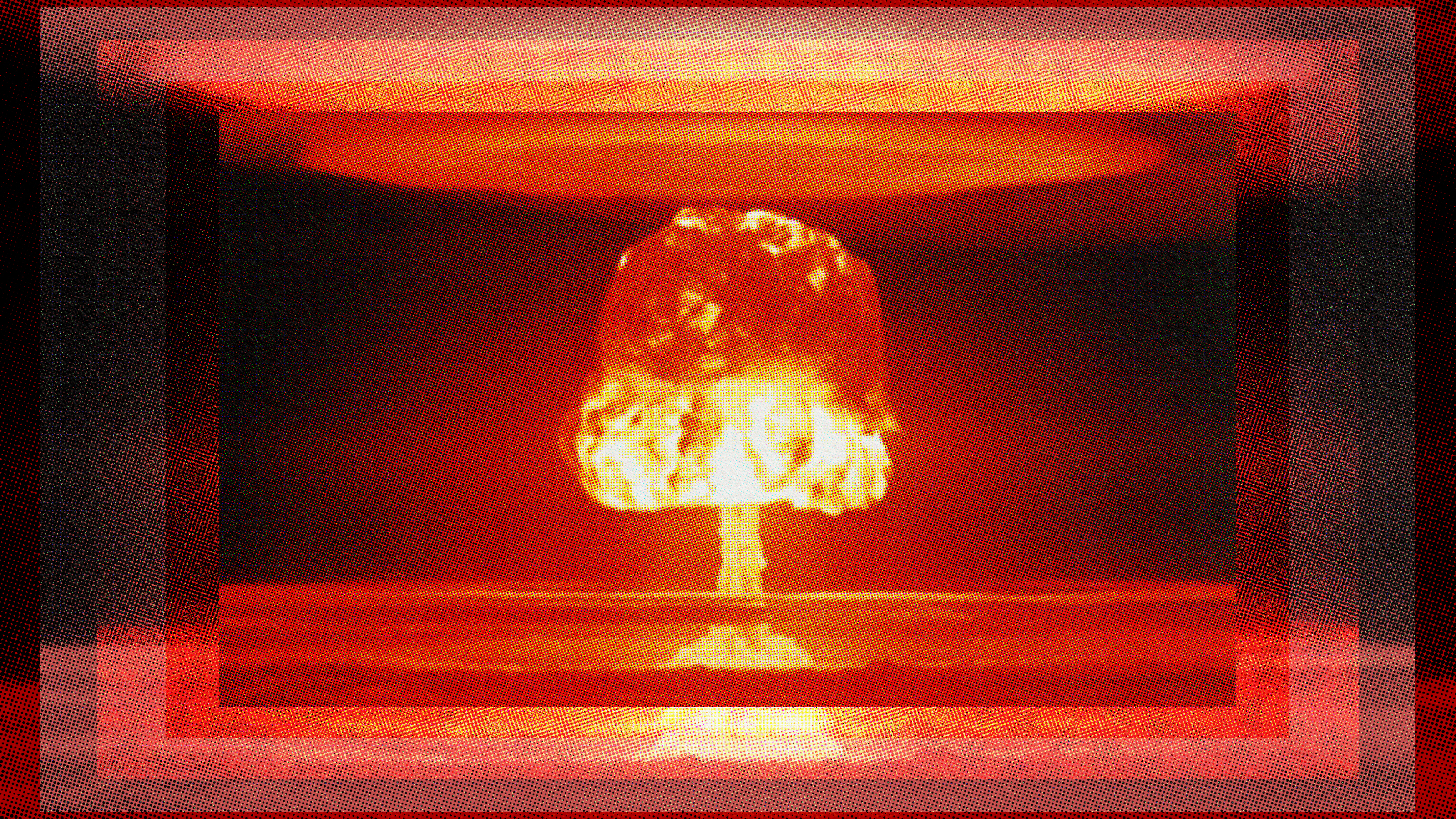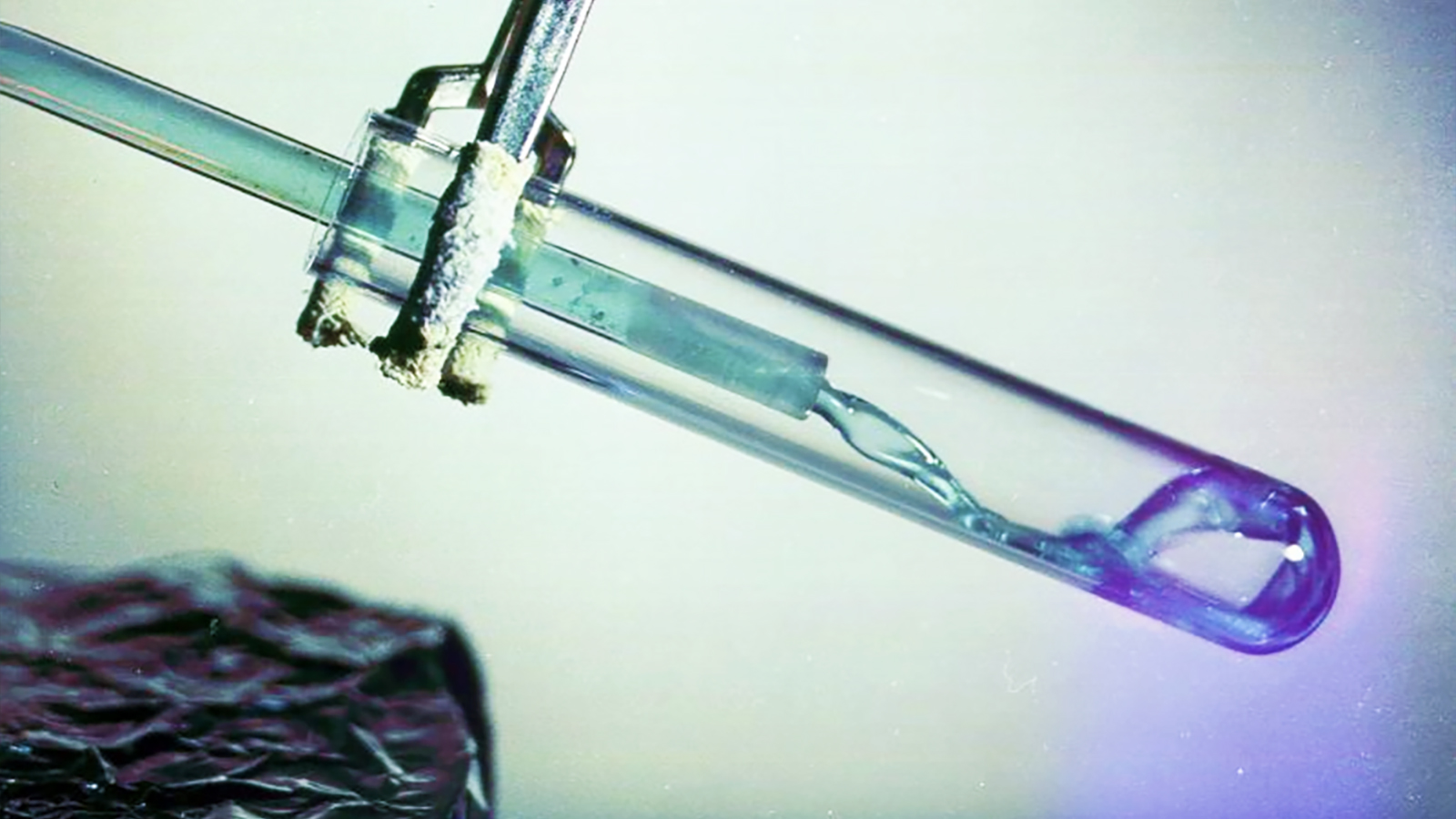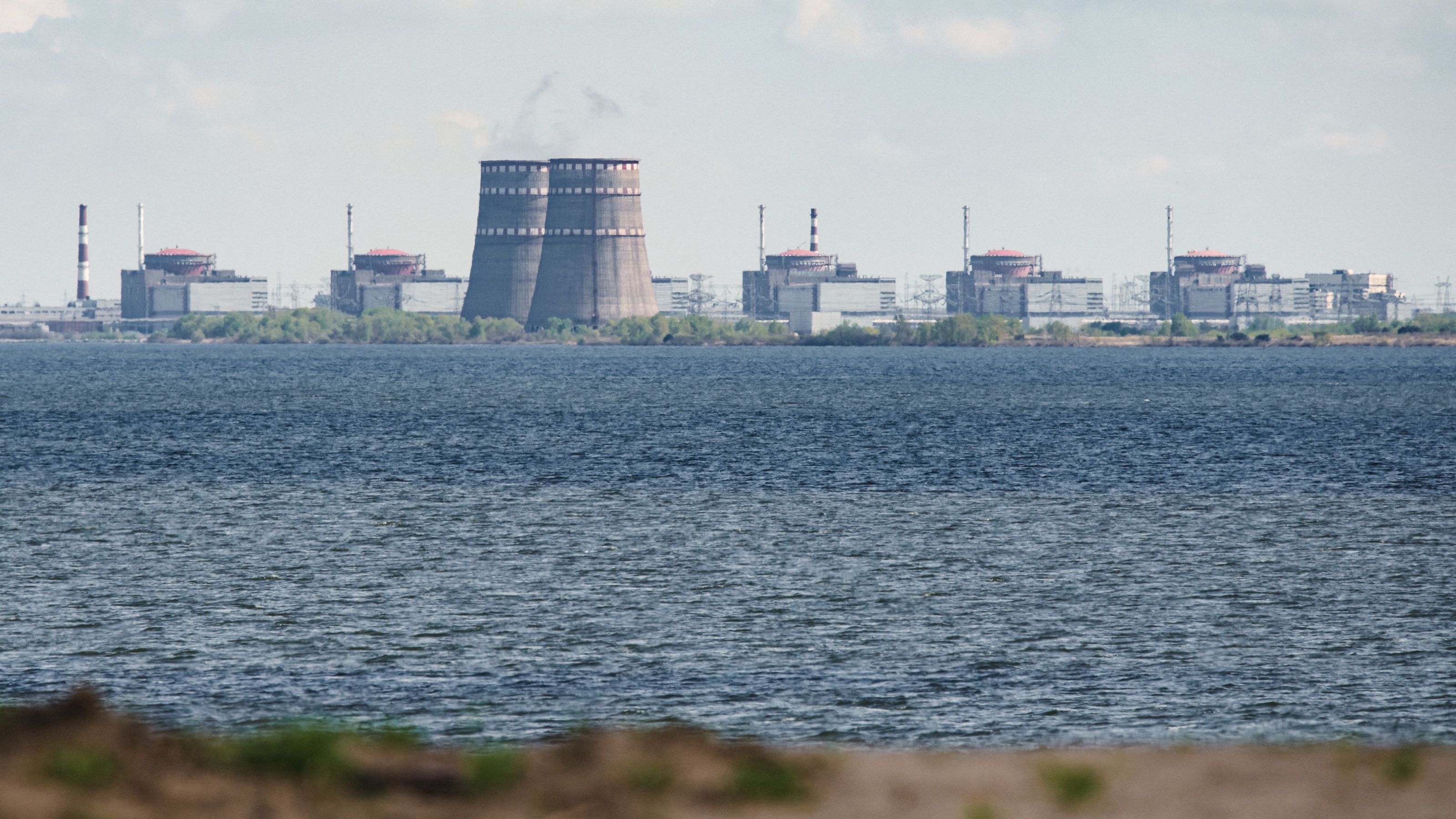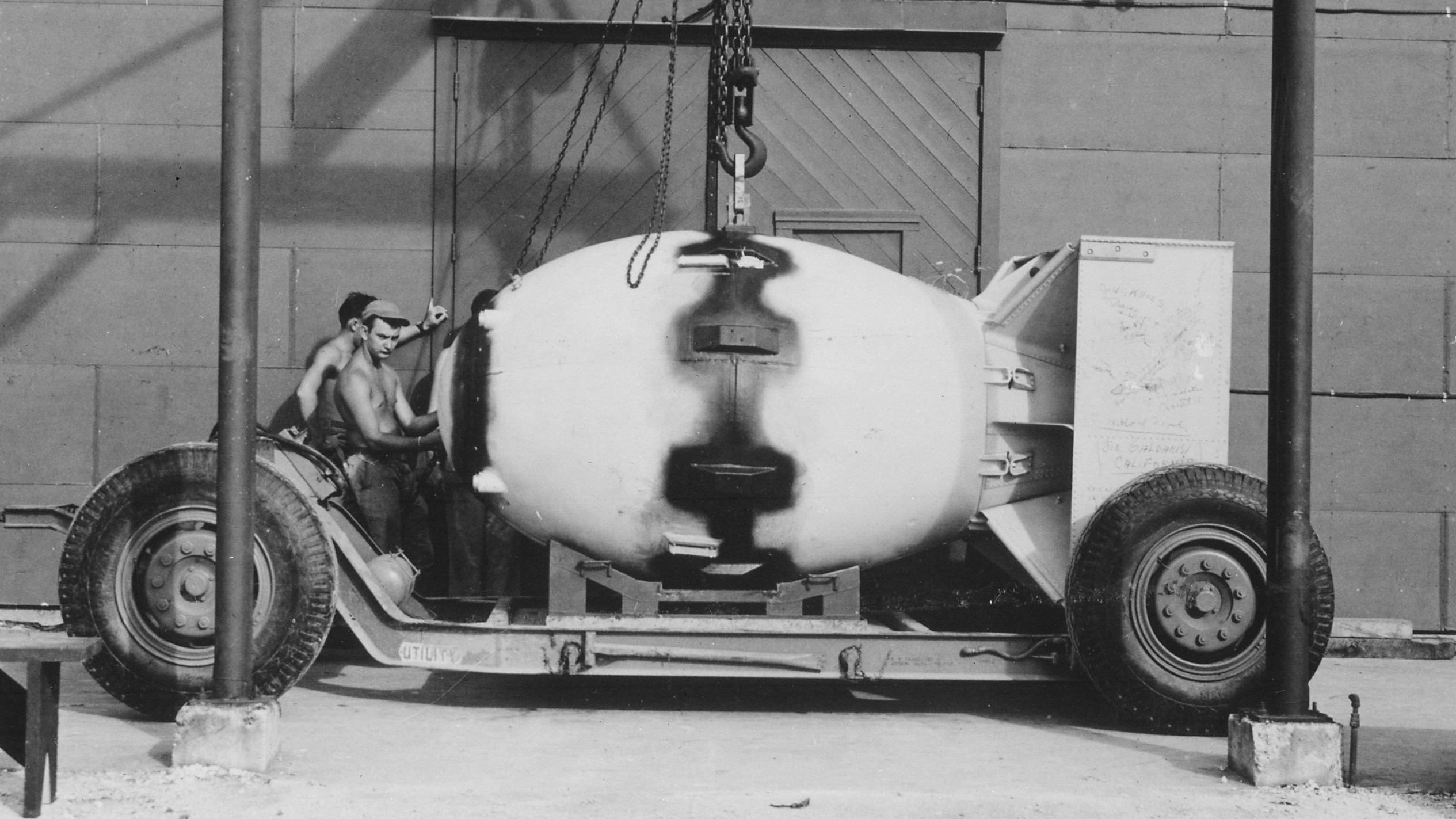Fallout suggests a nuclear reactor blew up in Russia, experts say

Image source: Thomas Nilsen
- Nuclear experts confirm that the Russian explosion that occurred earlier in August was likely from a nuclear reactor.
- Rapidly decaying radioactive isotopes were found in the surrounding area.
- A number of independent researchers confirmed the findings.
In the aftermath of the mysterious nuclear explosion at a Russians weapons site, more details are beginning to emerge regarding the spread of radiation. With very limited news from the Russian state-run media channels, experts and whistleblowers alike are now confident that the explosion was in fact from a nuclear reactor.
The deadly blast emanated from the Nyonoksa military weapons range, where it released a cloud of radioactive gasses that swept into nearby towns, among them Severodvinsk. The state weather agency confirms that there was a mix of decaying radioactive isotopes found, that consisted of strontium-91, barium-139, barium-140, and lanthanum-140, all of which have half-lives that degrade in a time range from 83 minutes to 12.8 days.
Joshua Pollack, editor of the Nonproliferation Review and leading expert on nuclear and missile proliferation told Business Insider that, “These are fission products. If anyone still doubts that a nuclear reactor was involved in this incident, this report should go a long way toward resolving that.”
Russia has a long history of negating or blatantly ignoring these nuclear accidents. Now experts believe that there is enough data to evince this was a nuclear reactor explosion. While government officials have stayed tight-lipped, the facts have been slowly leaking out.
Russia’s continual nuclear coverups
The initial August 8th blast killed five scientists with an additional spike in radiation levels. It took a few days before Russia admitted any nuclear materials were involved. Russian media channels initially reported that the explosions were due to a liquid propellant jet engine. Western scientists and other officials were quick to doubt this statement.
Russia’s nuclear agency, Rosatom, eventually announced that the specialists killed in the accident were developing new kinds of weapons with an isotope power source.
A string of unethical things happened following the accident. An independent newspaper, The Moscow Times reported that doctors who treated engineers hurt during the explosion were not told their patients were covered in radioactive material.
Additionally, in the aftermath of the explosion, several nuclear monitoring stations in Russia cut out and went offline. It was reported that doctors were forced to sign nondisclosure agreements, while some hospital records were also destroyed. One doctor even found cesium-137 in his muscle tissue, which Russian media channels quickly dismissed.
These set of facts suggest a cover-up job, something of which Russia has a long history of initiating.
Courageousness of whistleblowers
If it wasn’t for scattered Russian social media posts showing first responders in hazardous material protection suits and a handful of heroic experts uncovering the facts, this crucial information might have slipped through the cracks.
Norwegian nuclear safety expert Nils Bøhmer is confident that the new information removes any doubts. Speaking with The Barrents Observer, told reporters that, “The presence of decay products like barium and strontium is coming from a nuclear chain reaction. It is a proof that is was a nuclear reactor that exploded.”
He explains that the mixture of short-lived isotopes wouldn’t be there if Russian authorities were only using a regular propellant engine with just an “isotope source.”
Russia has been known to be testing two types of weapons systems which could include a nuclear reactor: both the Burevestnik cruise missile and Poseidon underwater drone may fit the bill.
Alexander Uvarov, editor of independent news site AtomInfo.ru also spoke out and told news agency RIA Novosti that these isotopes are byproducts of nuclear fission which involved uranium.
Health issues from nuclear fallout
Yuri Dubrova an expert on the effects of radiation on the human body also spoke with The Moscow Times. Dubrova said that patients brought into the hospital after the nuclear incident most likely had a high dose of nuclear isotopes on their skin.
Since not all the facts are straight, there’s no way to determine how many doctors or immediate residents were affected by the high doses of radiation.
“If the dosage wasn’t very high, the person should be able to fully recover within a week if they are given clean food and water. Exposure to Caesium-137 is quite preventable — all you need to do is wash the patient really well. But the doctors were made vulnerable to radiation because they hadn’t been told what had happened,” he said.
After Russia’s consumer safety watchdog Rospotrebnadzor and the Emergency Situations Ministry inspected the hospital a few days later, it was declared safe.
It looks like a potential Chernobyl situation has been narrowly missed. It’ll be important for experts to monitor the situation as we glean more information and continually stay vigilant to ensure Russia is held accountable for these potentially cataclysmic nuclear events.
